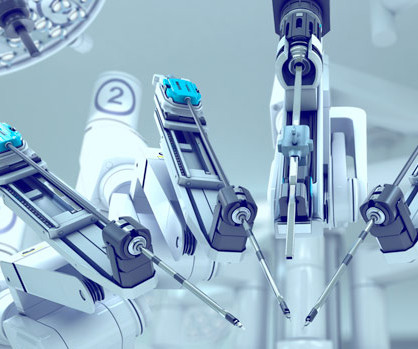The Vital Role of a Cardiothoracic Surgical First Assistant in Modern Healthcare
SpecialtyCare
FEBRUARY 21, 2025
The CSFA is not just a passive participant in the operating room; they are an active collaborator who anticipates the surgeons needs, manages surgical instruments, and assists with critical tasks such as suturing, tissue manipulation, and hemostasis (control of bleeding). Assisting with patient positioning and sterile draping.












Let's personalize your content